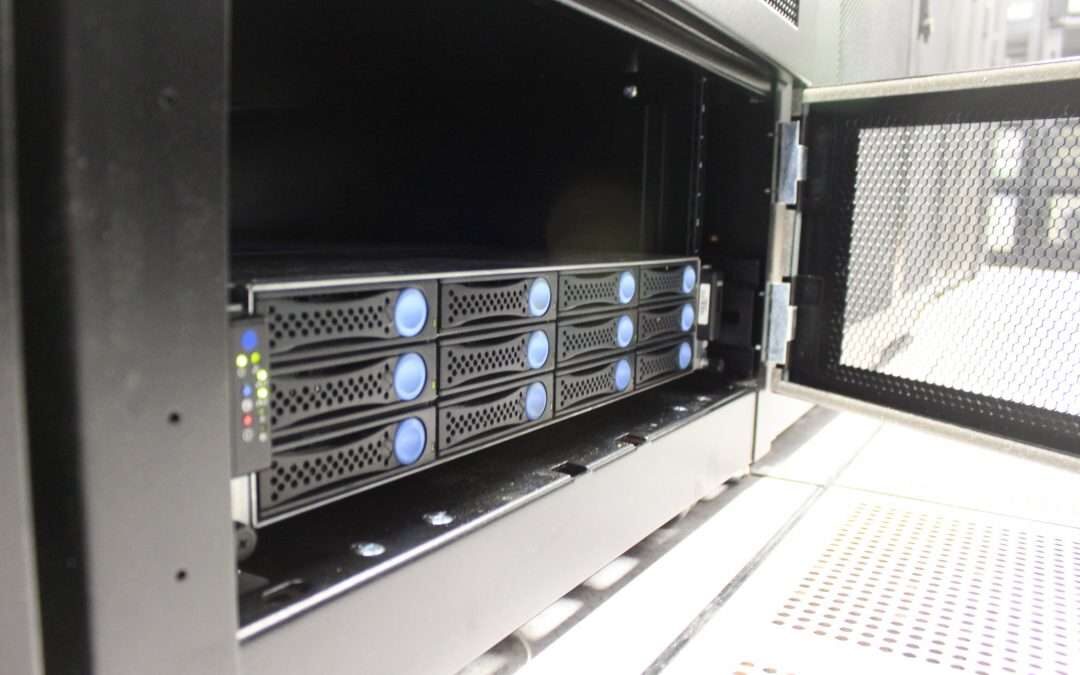Did you know that by the year 2020 experts predict that close to 70% of all IT spending will be on cloud or cloud-like based services? Knowing that it is clear that the network of tomorrow is going to be largely cloud-based. So, what does that mean? And, what do we have to do in order to get from here to there?
As with all things in the IT industry, this progression is a gradual evolution. In this post, we will look at four ways that we can gradually and effectively migrate aging IT infrastructure and applications to the cloud. Following these tips, you will be able to enable you to extend your business goals by taking full advantage of the cloud’s elasticity and continuous upgrades to the latest technology.
Conduct a Thorough Infrastructure Assessment
A great first step is to take stock of your current IT infrastructure. This will allow you to determine which elements think ought to be phased out soon. It also provides you with the opportunity to determine whether there’s a viable cloud-based replacement option. Adopting what is becoming known as a “cloud-first” mentality when replacing any infrastructure, in which you adopt a cloud offering whenever it’s viable, will allow you to gradually get to an all-cloud environment, or at least as close as your company will allow.
Make Sure You Take the Time to Come up With a Security Plan
Putting all of your applications and data in the cloud does not mean that you suddenly take a hands-off role in the security of your information. You need to ask prospective providers as many questions as possible regarding how they provide physical and network security, how they handle and adjust to change management procedures, and anything else that you can think of. You will also need to get up to speed on their many security policies and ensure that they mesh with your own.
It is Critical that You Expect and Prepare for Culture Change
As more resources are moved to the cloud, IT staff might need a different set of skill sets as well as the ability to acknowledge to effectively manage the new cloud-based environment.
It is human nature to be apprehensive towards a drastic change like this, especially when that change is a relatively unknown method or approach. This is why enterprises that make the move must be ready to act not only in physical and virtual technology realms but on a psychological level as well.
This might mean offering some additional training to adjust to the new approach. In some cases, it may even be necessary to replace legacy workers with workers who have these new skills and knowledge. Wherever possible, businesses should go the extra mile to retain workers who fully understand and are able to build upon how the business operates in this new culture.
It is clear that cloud will play an impressive and an increasingly important role in business cultures in the coming years. So much so that many will be all or nearly all cloud-based within the coming years. Following these tips will help make the cloud transition more seamless and successful.


